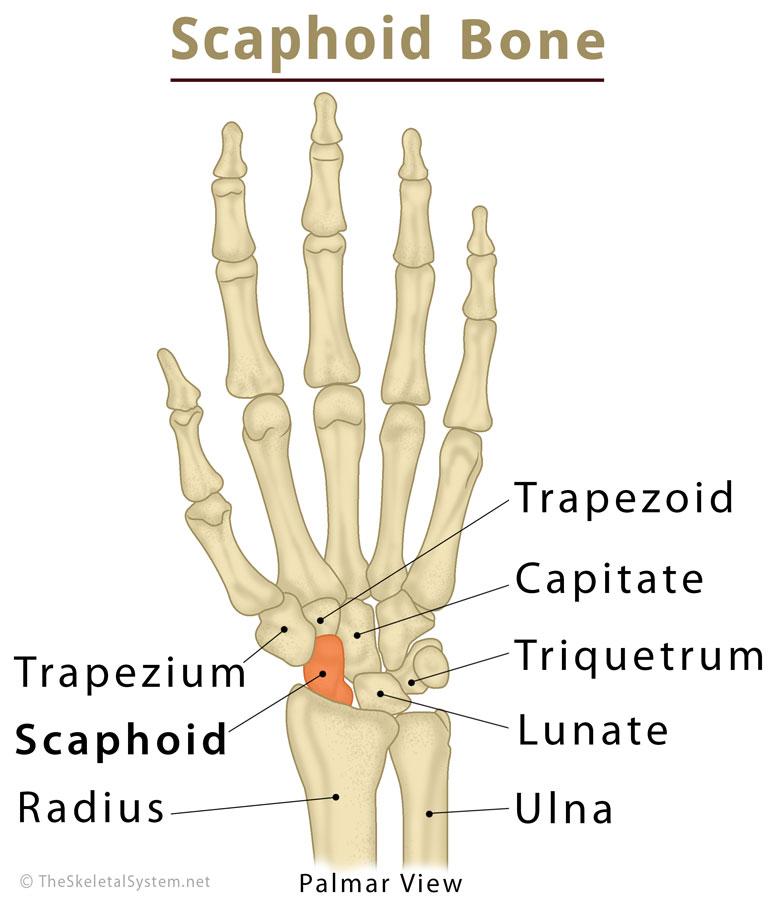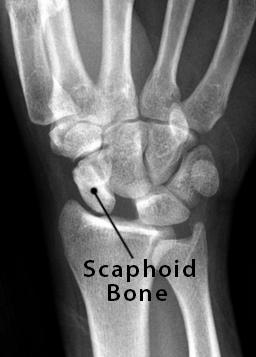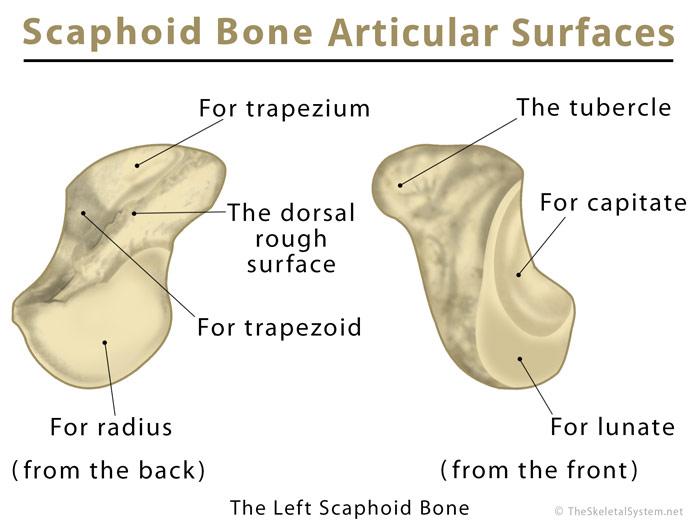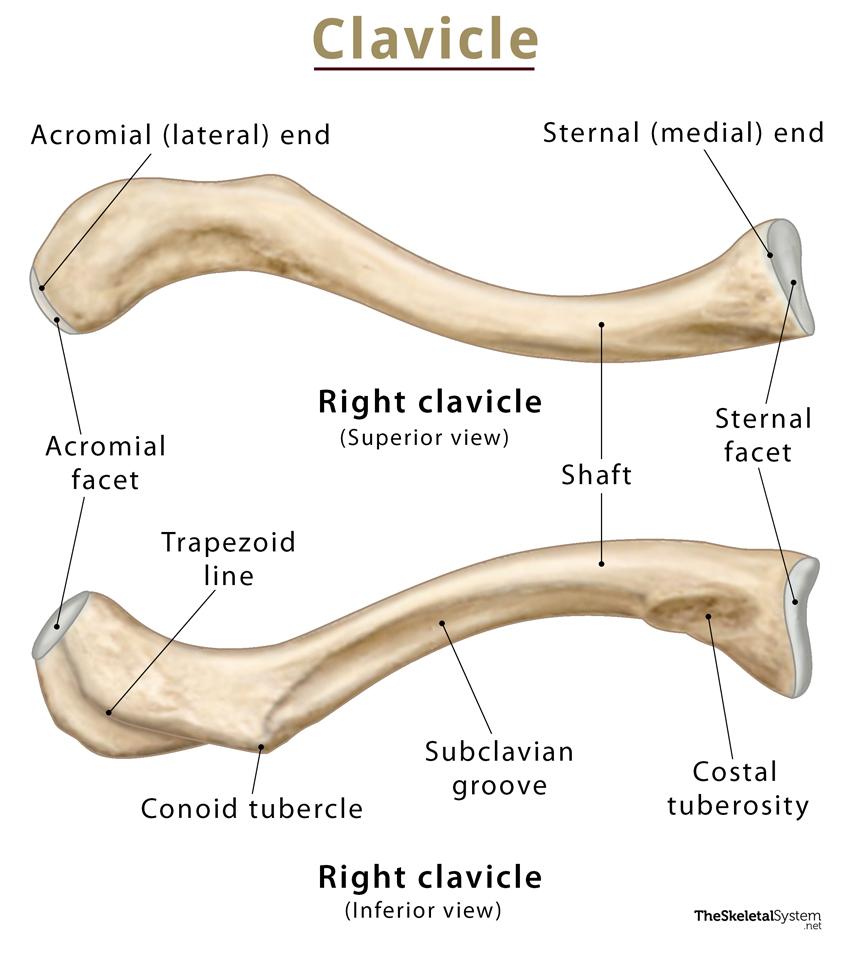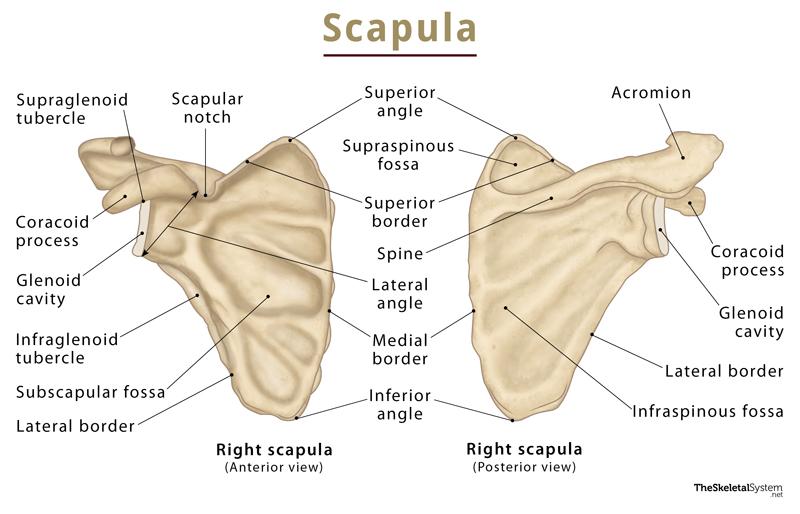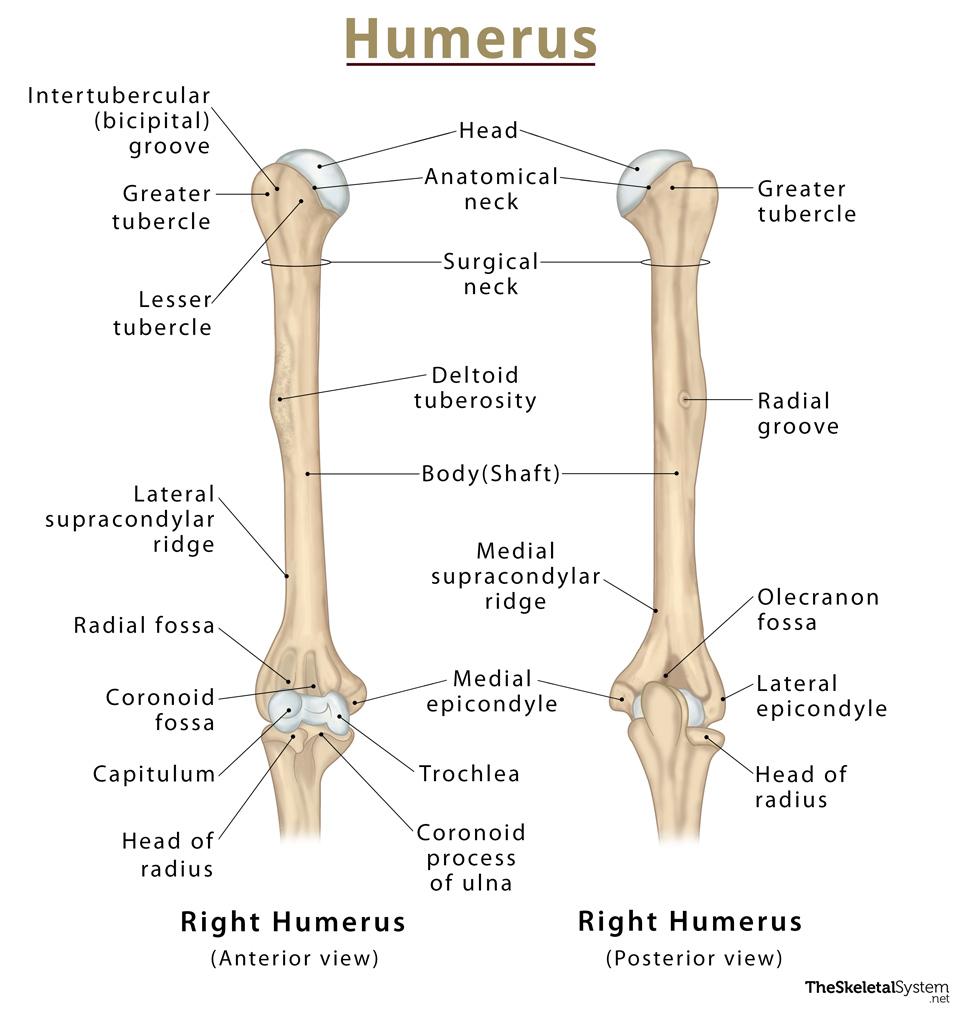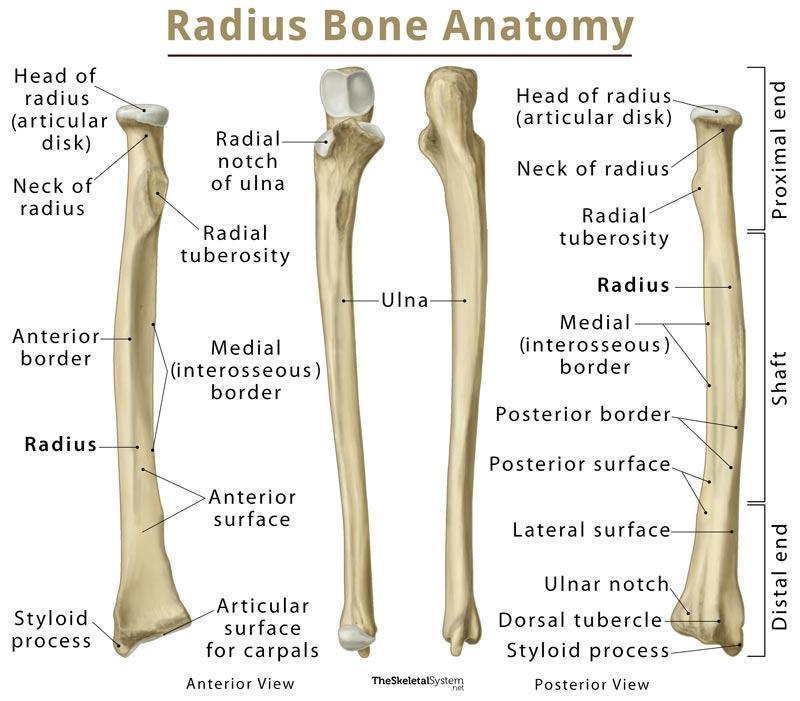Scaphoid Bone
Definition: What is the Scaphoid Bone
The scaphoid (Latin: os scaphoideum) is a short bone, one of the eight carpal or wrist bones in the human hand [1]. The boat-shaped bone is sometimes known as the hand navicular bone [2], with the name ‘scaphoid’ later originating from ‘skaphe’, the Greek word for ‘boat’ [3].
Where is the Scaphoid Bone Located
Located on the lateral side of the wrist at the base of the thumb, it is the first bone in the proximal carpal row [4]. It is the largest of the proximal carpal bones, wedged between the trapezium toward the fingers, and the radius toward the lower arm [5].
Development and Ossification
The scaphoid is the fifth bone to ossify, with the ossification beginning at around 4 to 6 years of age [6]. Studies show that ossification may begin earlier in girls [3].
Scaphoid Anatomy and Structure
Surfaces and Articulations
This wrist bone resembles a medium cashew in size and shape [7], with the two sides identified as the distal and proximal poles. There is a prominent bony bulge on the back surface of the lateral side of the distal pole, known as the scaphoid tubercle [3].
The scaphoid articulates with four of the wrist bones – the lunate, capitate, trapezoid, and trapezium, along with the lower arm bone radius.
The proximal surface has a triangular smooth, and convex facet, articulating with the distal end of the radius [3].
There is a bony ridge running along the distal surface of the bone, dividing the surface into two separate facets for articulating with the trapezium and trapezoid [8]. On the ulnar side, the large concave facet articulates with the head of the capitate bone [2].
The medial surface forms a concave or semilunar facet to articulate with the lunate bone [8].
Ligament Attachments
The transverse carpal, radial collateral, scapholunate, radioscapholunate, and scaphocapitate ligaments attach the scaphoid with the bones around it. It has no musculotendinous attachments [3, 4].
Blood Supply
The dorsal carpal branch of the radial artery is responsible for about 75% of the blood supply to the scaphoid, while the superficial palmar arch branching from the volar radial artery provides the minor blood supply [9].
What Does the Scaphoid Bone Do
Apart from contributing to forming the wrist and helping in maintaining its flexibility and movement, the scaphoid also partially shapes up the carpal tunnel (radial portion) [3, 10].
Due to its three-dimensional oblique orientation, it serves as an important mechanical link between the proximal and distal rows around the base of the thumb or the radial side [10].
Common Injuries and Associated Conditions
The scaphoid is the most commonly fractured of all the carpal bones [9], with about 80% of all carpal fractures involving this bone [12]. It usually occurs when one tries to break a fall with an outstretched arm, falling on the hand instead [11].
The bone is also prone to avascular necrosis, where a reduced or lack of blood supply leads to damage and death of the bone cells. Additionally, as there are no muscular attachments in this bone, ligament tears are also quite common, resulting from some injury, trauma, or overuse of the wrist.
References
- https://patient.info/health/scaphoid-wrist-fracture
- https://www.sciencedirect.com/topics/veterinary-science-and-veterinary-medicine/scaphoid-bone
- https://radiopaedia.org/articles/scaphoid-1
- https://www.healthline.com/human-body-maps/scaphoid-bone
- http://anatomy.uams.edu/palm.html
- http://sketchymedicine.com/2016/01/carpal-bone-ossification/
- https://www.ncbi.nlm.nih.gov/pubmedhealth/PMHT0023125/
- http://www.anatomyexpert.com/app/structure/64/1006/
- https://www.orthobullets.com/hand/6034/scaphoid-fracture
- https://www.sciencedirect.com/science/article/pii/S1048666603800253
- https://orthoinfo.aaos.org/en/diseases–conditions/scaphoid-fracture-of-the-wrist/
- https://patient.info/doctor/carpal-fractures-and-dislocations

